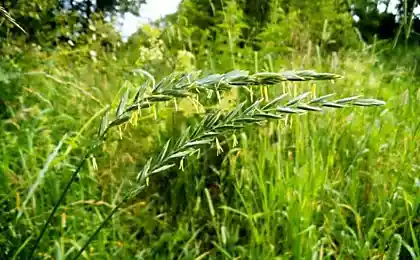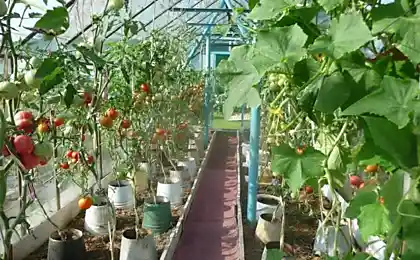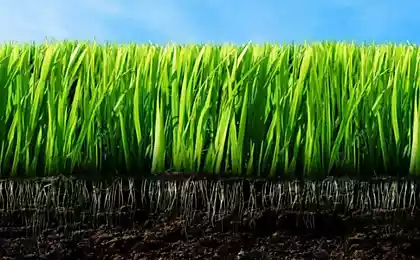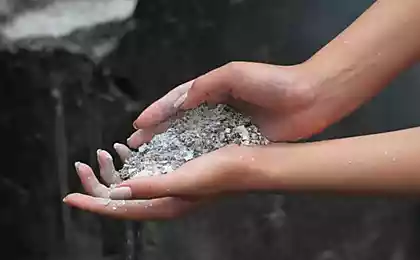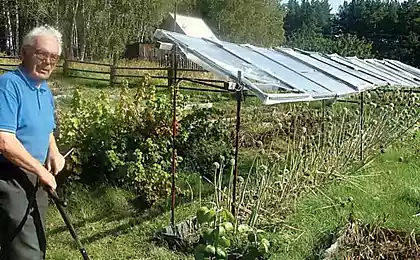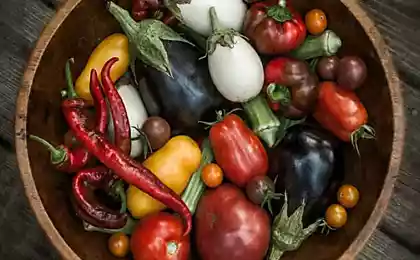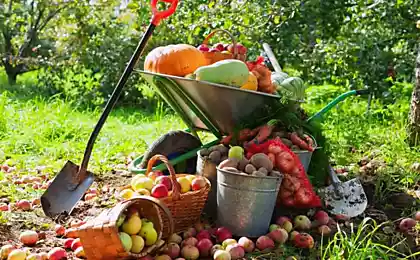187
All the people are embarrassed to ask about Siderats
Experienced summer residents know that the foundation of the future harvest should be laid in autumn. And an invaluable contribution to this difficult business can make green assistants. Someone will say, "Simple grass." No, comrades, far from simple! We tell you how and when to sow siderats to save on fertilizers and protect beds from weeds.
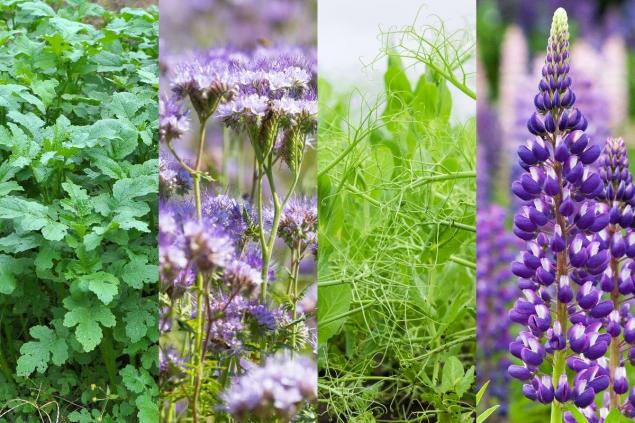
Siderates are plants that are grown on the site before planting the main crop to improve the structure of the soil and enrich it with useful substances. Their use allows you to get soft loose soil. And organic products grown on it are especially valued by supporters of organic farming.
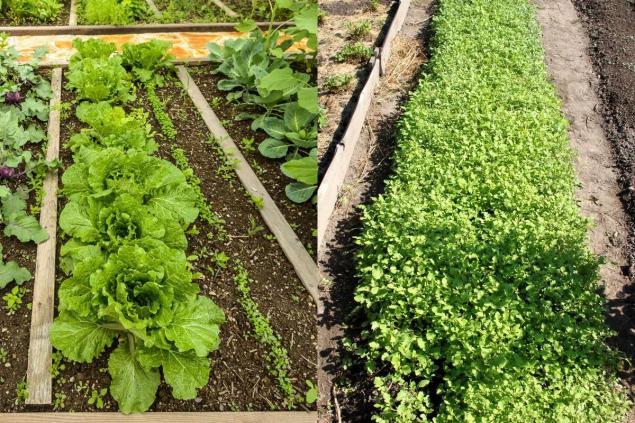
The fact is that to organize crop rotation on the garden 6 drains, to put it mildly, is quite difficult. And with the rest of the earth, you can not accelerate either. Here are the summer residents looking for different ways to fill the constant shortage in the soil of microelements consumed by vegetables.
And in this sense, siderates are superior to both mineral fertilizers and the notorious organics. In the first case, due to its naturalness, and in the second - safety. So, with manure, it is possible to bring weeds, pests and diseases into the garden. And with green fertilizers, this will not happen.

The siderats include hundreds of plants. Let’s name only the most common ones. Frost-resistant oats and rye perfectly suppress the growth of weeds. Legumes (soybean, lupin, vica, alfalfa, peas) provide the soil with nitrogen.
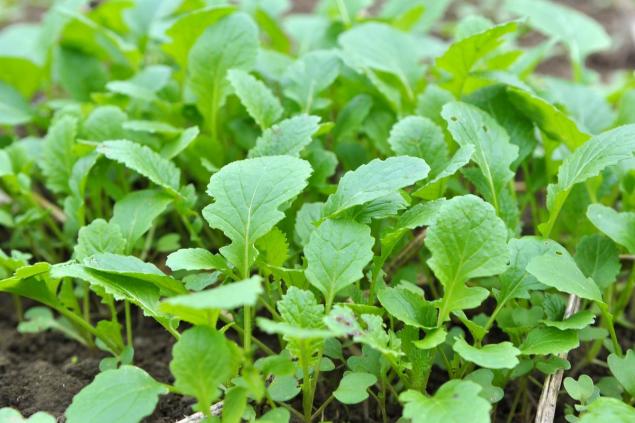
White mustard can be smelled in the ground several times a season. It is unpretentious and allows literally before our eyes to revive the depleted soil. The phytoncides released by mustard inhibit the growth of mold fungi and pathogens. Therefore, the vegetables planted after it practically do not get sick.
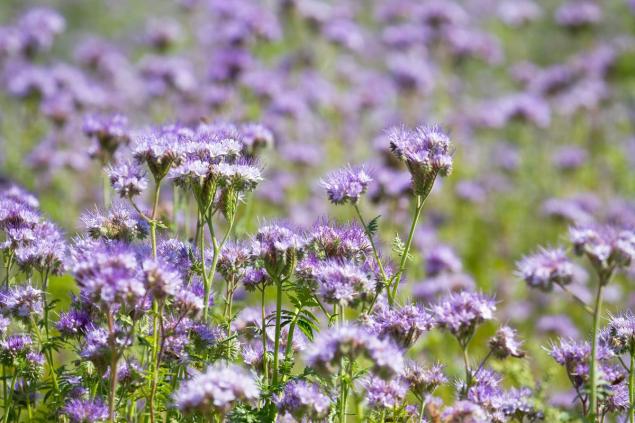
The universal siderat can be called the phacelia. It grows on any type of soil. It tolerates frost, shadow and drought. And in addition, it is an excellent honey plant, repels pests and decorates the garden with beautiful bluish-purple flowers.
Mistakes in landing siderates
In early spring, after the temperature stops falling below zero, it is recommended to plant mustard, facelia, and vica on the site. Two weeks before planting vegetables, the soil can be dug together with siderates.
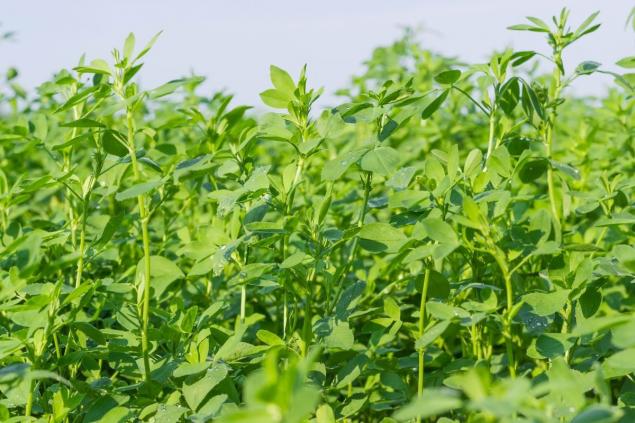
Alternative option: in the presence of a flat cutter, we cut them a layer of soil in a few centimeters. Then we plant the main crop on this place, and use the green mass as mulch.
In early autumn, after harvesting vegetables, you can sow rye or mustard. Their growth will not stop until the frost, and in the spring, parts of plants that appear from under the snow will become fertilizer for a new harvest.
As with companion plants, there are siderates that are liked by some cultures and completely not suitable for others. Cucumbers, for example, are friends with oats, vica and white mustard.

Eggplant, peppers and tomatoes will be grateful to rye and barley for enriching the soil with potassium. The alternative is rapeseed, lupin and phacelia. Peas, oats and white mustard are the best precursors to potatoes. Buckwheat and clover are good for cabbage, and antimony and rapeseed are good for carrots.
The beginning of September is the perfect time to take care of the future harvest. If you are interested in our article, without wasting time, sow beds with siderates. Before flowering, cut the stems and leave them lying on the ground. And let the roots work underground.
You can plant siderats later, in early October. They will rise to the cold and go under the snow. And what to do with them in the spring, we have already written. In any case, this will help improve the quality of the soil and get more weighty returns from suburban cares.

Siderates are plants that are grown on the site before planting the main crop to improve the structure of the soil and enrich it with useful substances. Their use allows you to get soft loose soil. And organic products grown on it are especially valued by supporters of organic farming.

The fact is that to organize crop rotation on the garden 6 drains, to put it mildly, is quite difficult. And with the rest of the earth, you can not accelerate either. Here are the summer residents looking for different ways to fill the constant shortage in the soil of microelements consumed by vegetables.
And in this sense, siderates are superior to both mineral fertilizers and the notorious organics. In the first case, due to its naturalness, and in the second - safety. So, with manure, it is possible to bring weeds, pests and diseases into the garden. And with green fertilizers, this will not happen.

The siderats include hundreds of plants. Let’s name only the most common ones. Frost-resistant oats and rye perfectly suppress the growth of weeds. Legumes (soybean, lupin, vica, alfalfa, peas) provide the soil with nitrogen.

White mustard can be smelled in the ground several times a season. It is unpretentious and allows literally before our eyes to revive the depleted soil. The phytoncides released by mustard inhibit the growth of mold fungi and pathogens. Therefore, the vegetables planted after it practically do not get sick.

The universal siderat can be called the phacelia. It grows on any type of soil. It tolerates frost, shadow and drought. And in addition, it is an excellent honey plant, repels pests and decorates the garden with beautiful bluish-purple flowers.
Mistakes in landing siderates
- Cut the siderats before flowering. Otherwise, they can give us seeds and we don’t need them. In addition, the stems of the ciderates should not be allowed to coarse. This will slow them down in the ground.
- Do not use plants from the same family as the main crop as ciderates. The reason is that common pests can persist in the soil.
- Winter siderates planted in late autumn can not be mowed. This is doubly convenient in that it allows you to abandon the tedious autumn digging. After all, a powerful root system of “green assistants” divides the soil into small lumps, making it loose and soft.
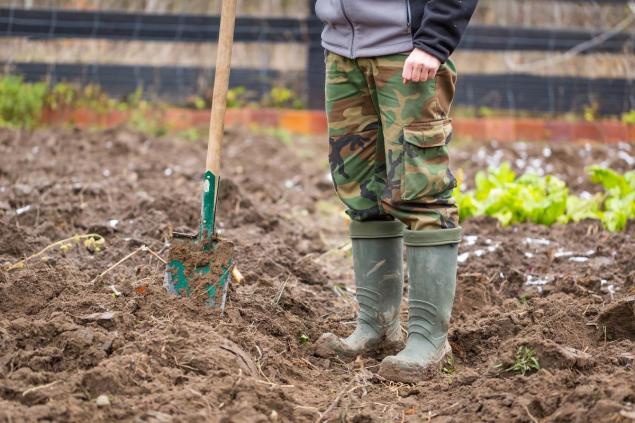
In early spring, after the temperature stops falling below zero, it is recommended to plant mustard, facelia, and vica on the site. Two weeks before planting vegetables, the soil can be dug together with siderates.

Alternative option: in the presence of a flat cutter, we cut them a layer of soil in a few centimeters. Then we plant the main crop on this place, and use the green mass as mulch.
In early autumn, after harvesting vegetables, you can sow rye or mustard. Their growth will not stop until the frost, and in the spring, parts of plants that appear from under the snow will become fertilizer for a new harvest.
As with companion plants, there are siderates that are liked by some cultures and completely not suitable for others. Cucumbers, for example, are friends with oats, vica and white mustard.

Eggplant, peppers and tomatoes will be grateful to rye and barley for enriching the soil with potassium. The alternative is rapeseed, lupin and phacelia. Peas, oats and white mustard are the best precursors to potatoes. Buckwheat and clover are good for cabbage, and antimony and rapeseed are good for carrots.
The beginning of September is the perfect time to take care of the future harvest. If you are interested in our article, without wasting time, sow beds with siderates. Before flowering, cut the stems and leave them lying on the ground. And let the roots work underground.
You can plant siderats later, in early October. They will rise to the cold and go under the snow. And what to do with them in the spring, we have already written. In any case, this will help improve the quality of the soil and get more weighty returns from suburban cares.
Why secret infidelity affects relationships worse than noticed
What will help indoor plants peroxide and why it is extremely necessary






